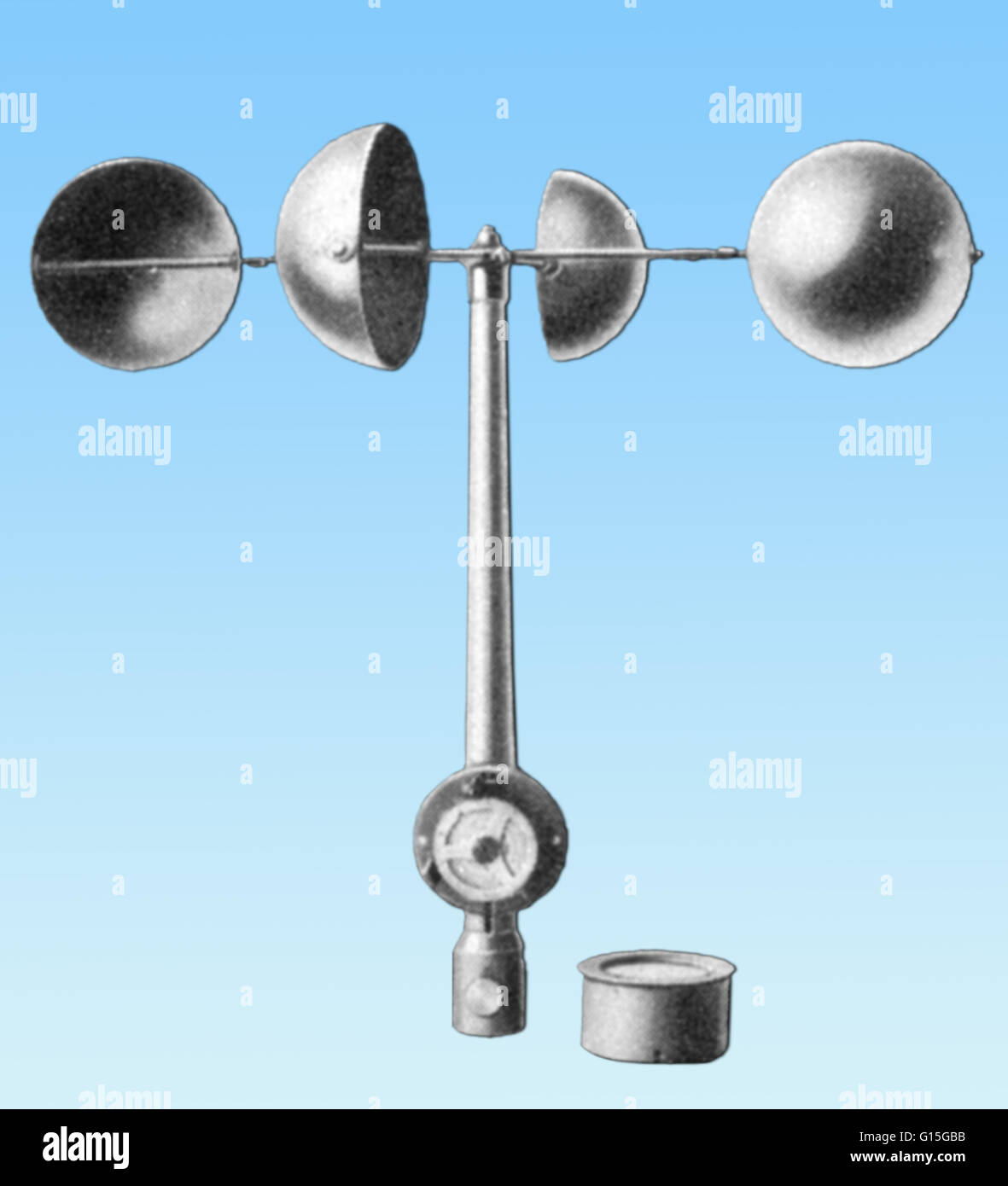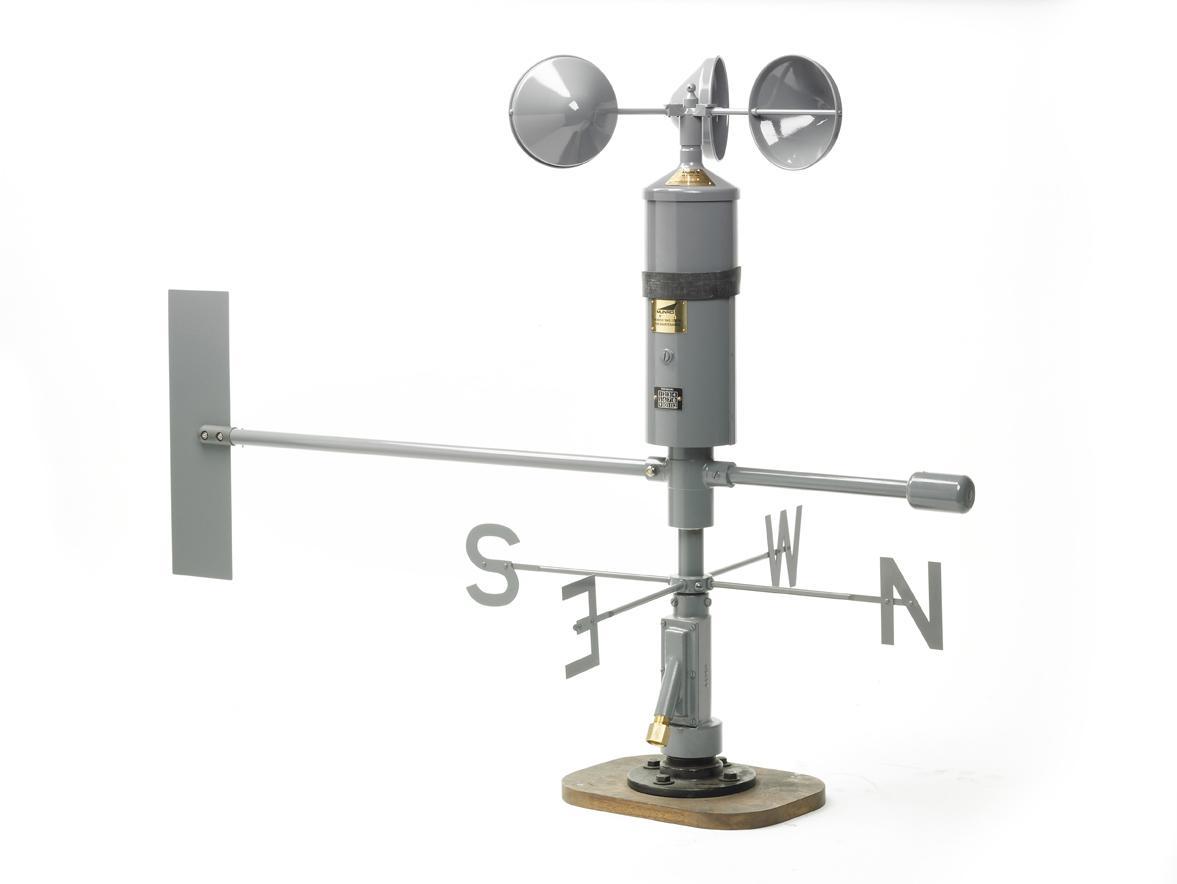Expert Tips for Adjusting Your Anemometer for Optimal Efficiency
Expert Tips for Adjusting Your Anemometer for Optimal Efficiency
Blog Article
Exploring the Functions and Advantages of Anemometers for Climate Fanatics and Professionals
From mug anemometers to sonic anemometers, each kind brings its one-of-a-kind collection of benefits and applications, losing light on different elements of climatic problems. As we dive right into the features and advantages of anemometers, a deeper understanding emerges not only of prevailing weather phenomena however also of the more comprehensive effects for industries like wind power manufacturing and environmental research study.
Value of Anemometers in Weather Condition Tracking
Anemometers play a vital function in weather monitoring by providing exact dimensions of wind rate, aiding in forecasting and understanding weather patterns. These tools, varying from typical cup anemometers to modern-day ultrasonic anemometers, are crucial for meteorologists, researchers, and weather lovers alike.

Kinds Of Anemometers and Their Applications
The most typical types of anemometers consist of mug anemometers, vane anemometers, hot-wire anemometers, and ultrasonic anemometers. Cup anemometers are composed of 3 or 4 cups installed on straight arms that revolve with the wind, gauging its speed. Vane anemometers, on the other hand, make use of an openly revolving vane to align with the wind instructions, giving both wind speed and instructions dimensions.
Mug anemometers are ideal and durable for general weather condition surveillance, while vane anemometers are favored for directional measurements. Ultrasonic anemometers are non-intrusive and offer high precision, typically used in study and specialized climate surveillance applications.
Benefits of Utilizing Anemometers in Projecting
In meteorology, the utilization of anemometers supplies vital advantages for boosting the precision of weather forecasting. Anemometers gauge wind rate and instructions, providing vital data for predicting weather patterns. By incorporating wind data right into forecasting versions, meteorologists can much better recognize the activity of weather systems, prepare for adjustments in atmospheric conditions, and problem a lot more exact forecasts.
Moreover, anemometers play an essential role in evaluating prospective climate hazards. Keeping an eye on wind speeds helps forecasters forecast extreme climate events such as hurricanes, twisters, and winter months storms with better accuracy. This very early warning system allows authorities to release timely informs and apply needed precaution, lowering the threats to life and property.
In addition, anemometers assist in maximizing renewable resource production. By evaluating wind patterns, meteorologists can determine appropriate places for wind ranches and forecast power result, adding to the reliable generation of wind power.

Anemometers in Wind Power Manufacturing
Given the critical role anemometers play in giving accurate wind information for weather condition forecasting and danger analysis, their importance encompasses the realm of wind energy production. Anemometers are vital instruments in the field of wind energy, where the measurement of wind speed and instructions is crucial for identifying the feasibility and effectiveness of wind turbine installations. By properly measuring wind rates at varying heights, anemometers help maximize the positioning and layout of wind generators to take full advantage of energy result.
In wind farms, anemometers are strategically put to collect real-time wind information that is used to evaluate the prospective power manufacturing of a website. This information is continue reading this instrumental in identifying the financial practicality of wind energy projects and in projecting power generation to guarantee grid security. Additionally, anemometers help in keeping an eye on wind conditions to optimize generator performance, protect against damages from high winds, and guarantee the security of employees functioning in the vicinity of wind generators.
Enhancing Climate Understanding With Anemometers

Anemometers play a vital function in enhancing our understanding of microclimates. These local climate condition can vary dramatically from more comprehensive regional projections, making it important to have exact information for particular areas. anemometer. By purposefully positioning anemometers in different locations, scientists can collect in-depth details on just how wind behaves in various surfaces, city environments, or bodies of water
In addition, anemometers contribute to boosting climate forecasting versions by offering real-time data on wind habits. This information is particularly important for forecasting serious weather events, enhancing agricultural methods, and supporting markets like air travel and maritime navigation. Generally, anemometers are important tools that enable us to dig much deeper right into the intricacies of weather condition systems, eventually causing even more accurate predictions and better-informed choices.
Final Thought
Finally, anemometers play an important duty in weather condition tracking and projecting by measuring wind speed and instructions. They are necessary tools utilized by weather enthusiasts and experts to gather precise data for forecasting climate patterns and evaluating possible impacts. Anemometers likewise have applications in wind power manufacturing, see this page further highlighting their relevance in both weather forecasting and renewable resource fields. Overall, anemometers contribute to boosting our understanding of weather sensations and enhancing forecasting capacities. anemometer.
From cup anemometers to sonic anemometers, each kind brings its special collection of applications and benefits, shedding light on different elements of climatic conditions. These tools, ranging from conventional cup anemometers to modern-day ultrasonic anemometers, are crucial for meteorologists, researchers, and weather lovers alike. The most typical types of anemometers include cup anemometers, vane anemometers, hot-wire anemometers, and ultrasonic anemometers. Cup anemometers are robust and suitable for general climate surveillance, while vane anemometers are preferred for directional measurements. Anemometers are crucial tools in the field of wind energy, where the measurement of wind rate and direction is critical for determining the feasibility and effectiveness of wind generator installments.
Report this page